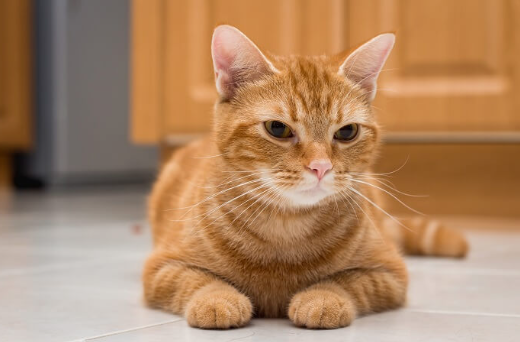Feral cats, often regarded as elusive creatures dwelling on the fringes of human society, hold a fascinating place in our ecosystem. Despite their ubiquitous presence in urban alleys, suburban neighborhoods, and rural landscapes, feral cats remain misunderstood and overlooked by many. In this extensive guide, we embark on a journey to unravel the mysteries surrounding feral cats, comprehensively examining their ecology, behavior, and management. By delving deep into the world of feral cats, we aim to foster a greater understanding and appreciation for these resilient and enigmatic felines.
Origins and Definitions
To comprehend the essence of feral cats, it’s essential to grasp their origins and distinguish them from other feline classifications. Feral cats, also known as wild or free-roaming cats, trace their lineage back to domesticated ancestors. Unlike stray cats, which may have once been owned or socialized with humans, feral cats have reverted to a more primitive state, exhibiting skittishness and an aversion to human contact. The distinction between feral and wild cats lies in their ancestry, with feral cats originating from domesticated stock.
Behavioral Adaptations

The behavior of feral cats is shaped by their environment, instincts, and social dynamics within colonies. Feral cats are inherently solitary, yet they often form loose-knit colonies to share resources and protection. Their behavior revolves around survival instincts honed through generations of adaptation to the challenges of the wild. Feral cats are skilled hunters, adept at stalking prey and utilizing their keen senses to navigate diverse landscapes. However, their elusive nature and nocturnal habits make them elusive subjects of study.
Read About Faral Cat’s History On Wikipedia: Click Hear
Challenges Faced by Feral Cats
Despite their innate resilience, feral cats confront numerous challenges in their struggle for survival. Competition for resources, exposure to harsh environmental conditions, and the threat of disease and predation are constant realities for feral cat populations. Moreover, negative perceptions and misguided attempts at population control have fueled controversy surrounding the management of feral cat colonies. Human intervention, ranging from relocation efforts to euthanasia, often exacerbates rather than alleviates the plight of feral cats.
RELATED POST:
The Importance of Humane Management Strategies
In light of the challenges facing feral cats, adopting humane and sustainable management strategies is imperative. Trap-neuter-return (TNR) programs have emerged as a humane approach to managing feral cat populations, offering a holistic solution that prioritizes sterilization, vaccination, and community engagement. By stabilizing feral cat colonies and reducing reproductive rates, TNR programs mitigate the impacts of overpopulation while promoting coexistence between feral cats and human communities.
FAQ
What may be a cat?
A non-domesticated cat is an unsocialized open-air cat who has either never had any physical contact with people, or human contact has diminished over sufficient time that she is not acclimated to it. Most non-domesticated cats are dreadful individuals and are not likely to ever end up lap cats or appreciate living inside.
Are non-domesticated cats harmful?
These creatures may end up habituated to individuals and forceful toward nourishment assets cleared out by individuals for the cats, driving more clashes. Free-ranging and wild cats pose dangers to open well-being and security.
What do non-domesticated cats eat?
Non-domesticated cats ordinarily eat rodents, fowls, angels, creepy crawlies, waste, unattended pet nourishment, and indeed roadkill. Once a cat colony finds a simple source of nourishment, the creatures will keep coming back.
Conclusion
In conclusion, feral cats represent a fascinating intersection of domestication and wildness, embodying the resilience and adaptability of nature’s creatures. By gaining a deeper understanding of their ecology, behavior, and management needs, we can work towards fostering a more harmonious relationship between feral cats and human society. Let us endeavor to champion humane management strategies and advocate for the welfare of feral cats, recognizing them as integral members of our shared ecosystem.












2 thoughts on “Feral Cat: One Of The Best Full Information”